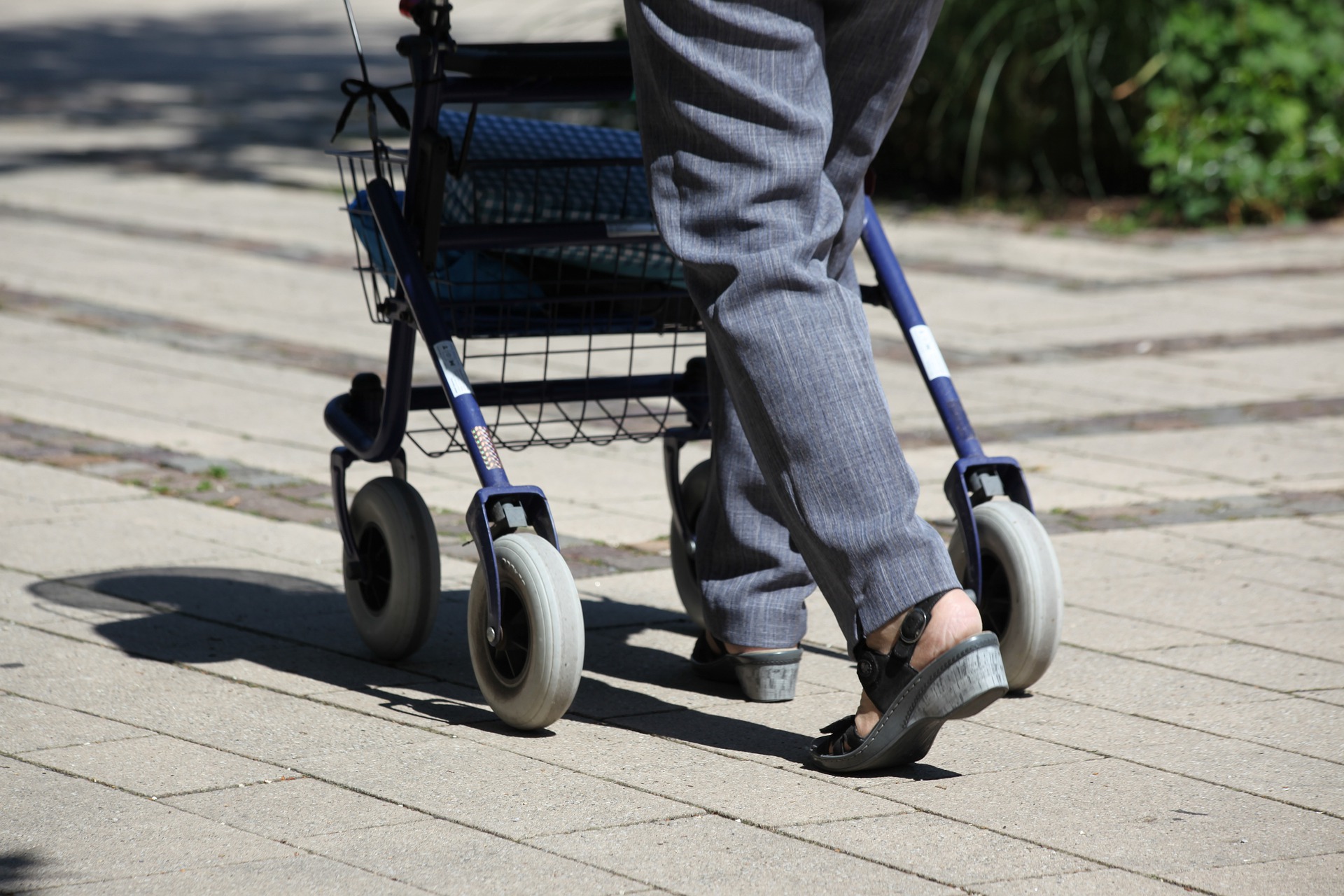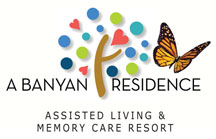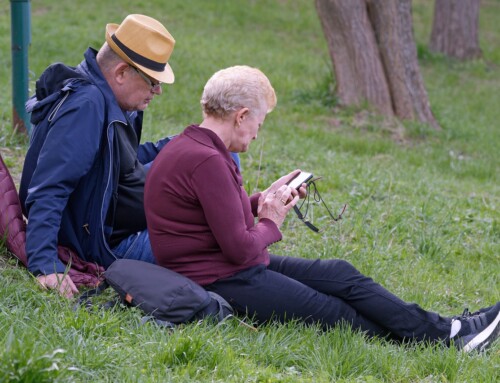Whether your senior family member lives with you or is in an assisted living facility, their safety is always vital. Senior citizens have a greater incidence of medical issues, physical limitations, or even mental impairment that could result in injury if something goes wrong. Although the staff at an assisted living facility will take responsibility for citizen safety on campus, relatives should always confirm the living situation to ensure that their senior loved one stays in a safe environment. Here are some proactive ways to maintain the health and security of your loved one.

Safety Recommendations for Senior Family Members
- Make sure rugs are secure. Anyone can trip over the edge of a rug if it is curled, but this situation is especially hazardous for the elderly. It is very easy for them to trip and fall over a rug that is not secured to the floor properly. Most senior living residences will check to make sure that these dangers don’t exist in common areas, but it is essential to be aware of this hazard if you are decorating your senior’s individual apartment. If they live with you, you may want to remove all area rugs – even in your bathrooms. Not only do they represent a danger to those who are prone to falling, but it is challenging to maneuver a walker or wheelchair over them.
- Install Handrails and Grab Bars: In many cases, bathroom grab bars are a senior citizen safety necessity, both next to the toilet and in the shower stall. If the situation warrants it, you may also want to install a grab bar next to the sink so they can feel steady when washing their face or brushing their teeth. Depending on your loved one’s capabilities, grab bars may be helpful along hallways, next to their bed, in their closets, and stairwells if there are no rails or banisters.
- Medical Alert Devices: Medic alert devices such as pendants and bracelets can save you senior loved one’s life, whether they are in their own home or are out and about. Even if the individual does not have defined medical issues, identifying jewelry can inform law enforcement or emergency workers of name, contact information, doctor’s name, and any other needed data.
- Manage Medications Properly: If your family member lives in a senior living facility, chances are that professional caregivers are managing their medications. However, if they live at home, you may have to step in and help with medication management. Ensure that all medication is clearly marked and identifiable, and post an easy-to-read schedule. A large print calendar may be useful to remind the patients to take their medication, and setting alarms may help as well. If you suspect that your loved one is experiencing any confusion or inability to properly take their medication, someone else should be given that responsibility.
- Consider Renovations if Needed: Senior citizen safety relies significantly on their environment, so if the family decides to keep an elderly loved one at home, some remodeling may be necessary. Grab bars or non-slip mats are the most obvious items to think about, but you may also need to make doorways wider to accommodate wheelchairs and walkers, install ramps or stairlifts, design a step-in tub in the bathroom, or retrofit a downtstairs den to be their bedroom.
Although your loved one’s needs are evolving, you can help them to enjoy a fulfilling and safe life. If the right solution for your family is to find an assisted living facility in The Villages, we invite you to schedule a tour. At A Banyan Residence, we are committed to your loved one’s health, safety and happiness.







